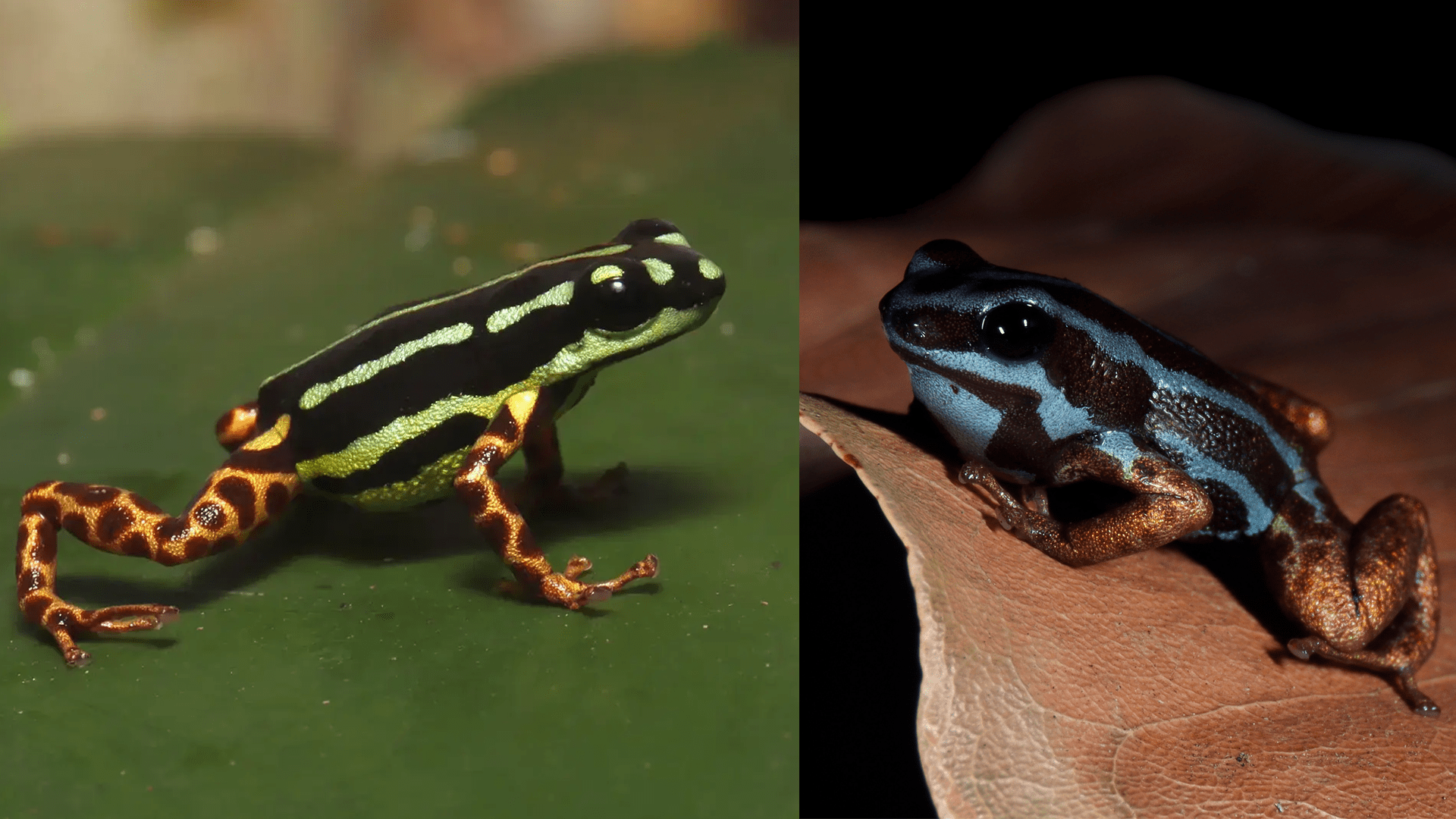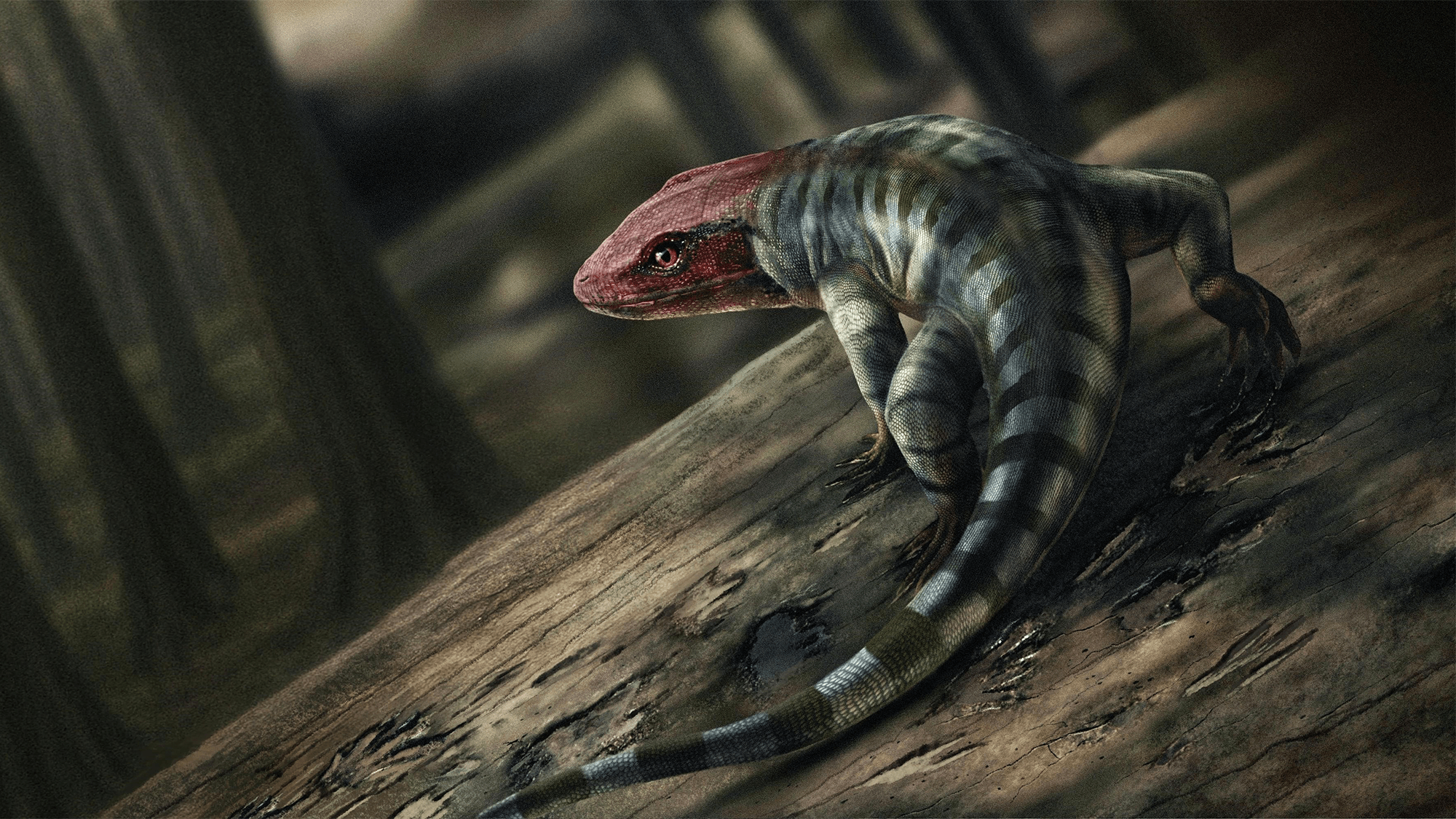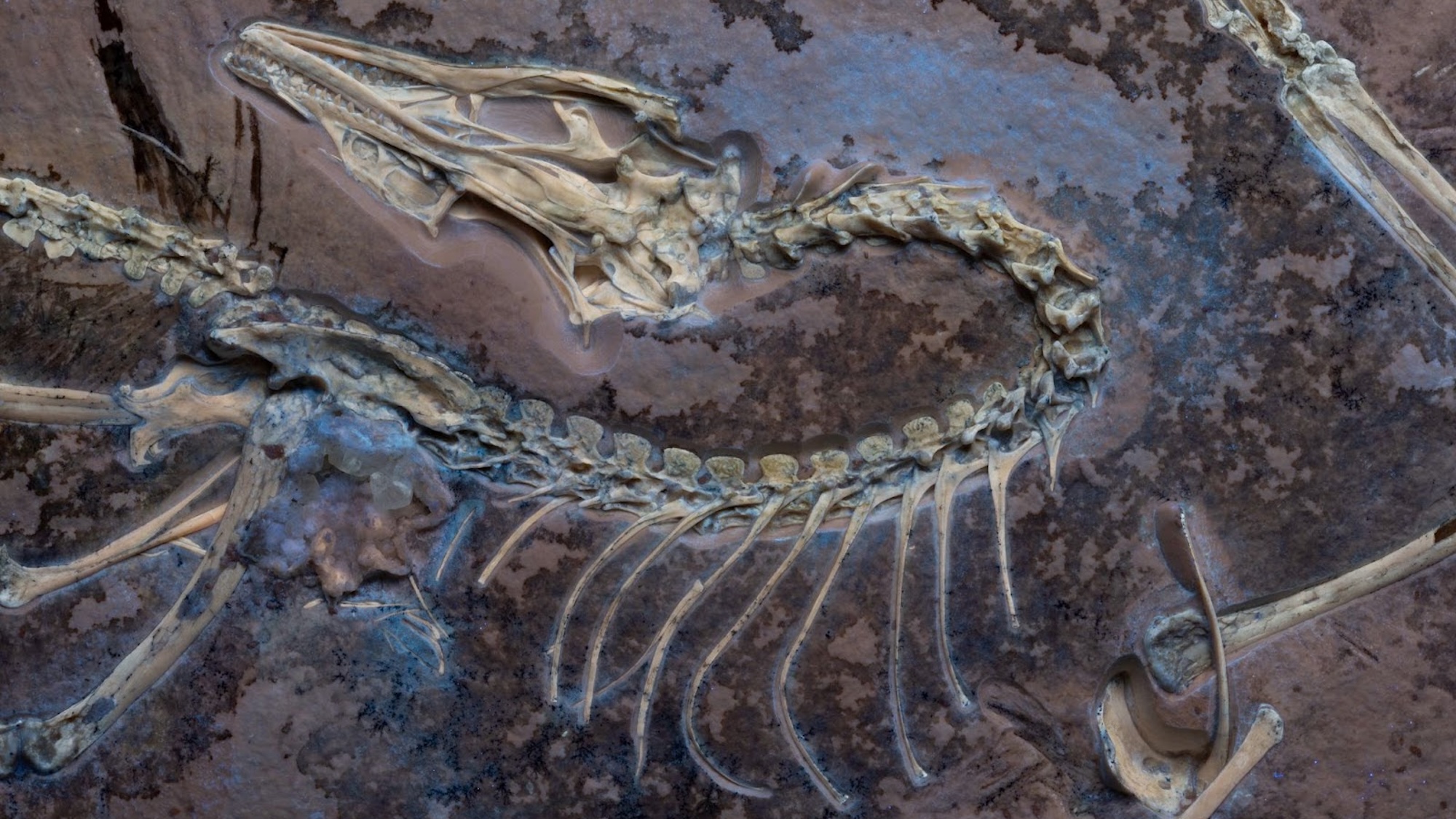Now Reading: Tiny Toxic Frogs Make an Unusual Appearance
-
01
Tiny Toxic Frogs Make an Unusual Appearance
Tiny Toxic Frogs Make an Unusual Appearance

Fast Summary:
- Scientists discovered two new species of poison dart frogs in the Amazon rainforest: Ranitomeya aquamarina and Ranitomeya aetherea.
- The findings were detailed in two journals: ZooKeys (April) for R.aquamarina and PLOS One (May 14) for R.aetherea.
- these discoveries mark the first addition to their genus in 13 years.
- The frogs live along the Juruá River in western Brazil,near PeruS border,within palm-like plants where their tadpoles grow.
- Both species have distinct coloration: shining turquoise (aquamarina) vs sky blue with brick red base (aetherea), with copper-spotted legs resembling safari prints.
- Behaviorally divergent: aquamarina displays rare monogamous pairing; whereas males of aetherea emit mating calls to attract transient females.
- Researchers confirmed they were seperate species through genetic sequencing, soundwave analysis, and microscopic measurements of specimens.
- The remote location and Indigenous community collaborations helped unveil these amphibians, underscoring challenges of surveying inaccessible areas.
- Environmental threats like deforestation, wildfires, and poaching are increasing risks for these frogs’ survival despite their promising potential for medicine.
Images from Revelation:
Indian Opinion Analysis:
The discovery of two new poison dart frog species highlights the critical importance of biodiversity preservation amid rapid environmental degradation globally but holds particular relevance for India’s conservation strategies as well-a nation rich with its own unique ecosystems frequently enough threatened by similar factors such as deforestation and habitat loss.
India can draw lessons from this study – emphasizing collaboration with indigenous communities while expanding research efforts into lesser-studied habitats to uncover hidden biodiversity before it is indeed lost forever due to climate change or human activities like industrial exploitation.
Moreover, these findings reinforce interdisciplinary approaches-as physical observations paired with advanced genetic analyses unlock unseen relationships within animal populations-a model possibly applicable across India’s bio-rich environments spanning forests to wetlands seeking scalable conservation sustainment refinement paths!
Finally ensuring endangered remains isn’t effort extraction need advances tackling harmful outside-marketpressures competing against focused harmony nurturing protected ranges valuable essentials taxonomical lifescapes set broader steps biological balancing fostering mutual futures intertwined guardian stewardship equitable scientific-reserves.integrity all treasure-sharing

























